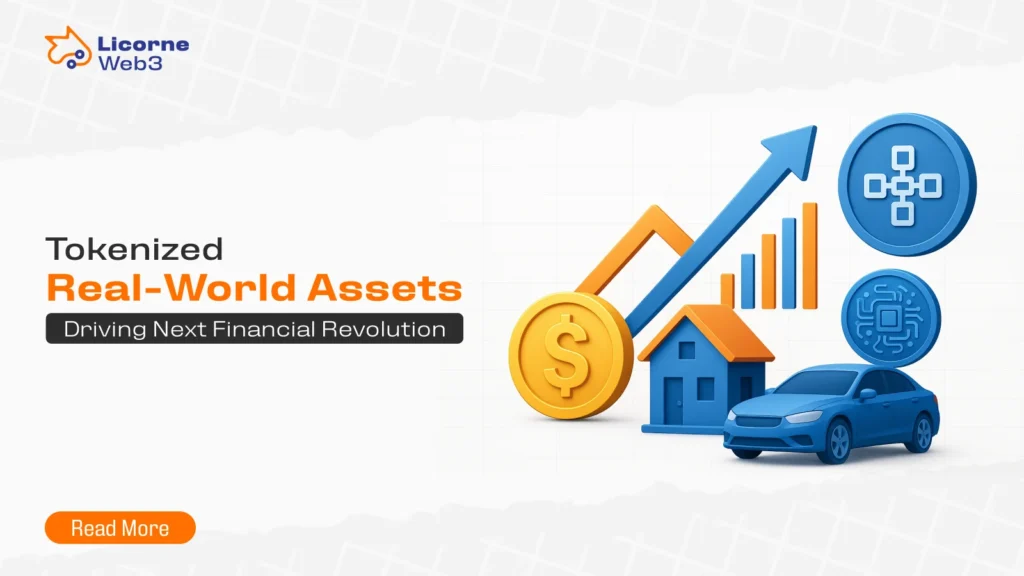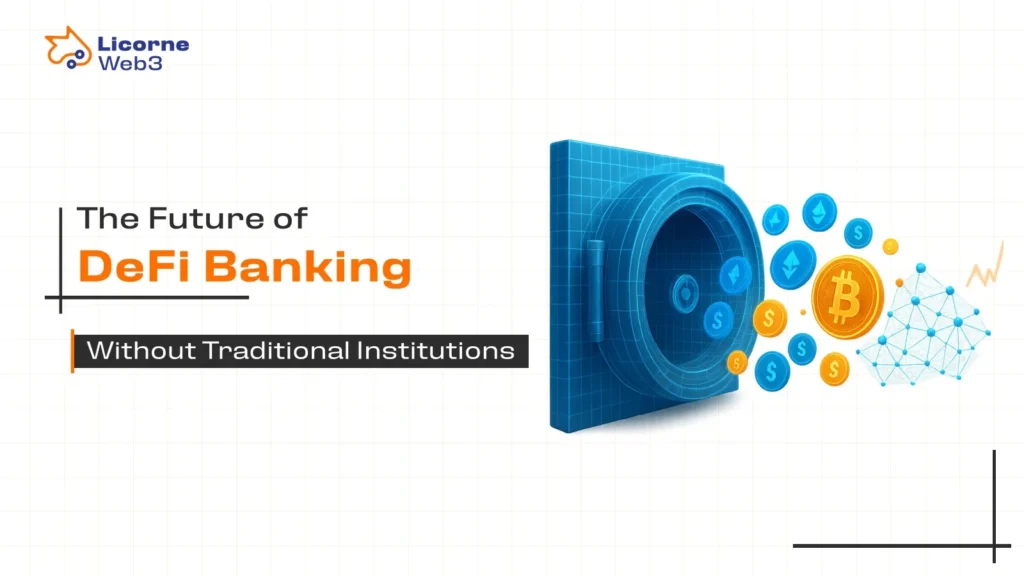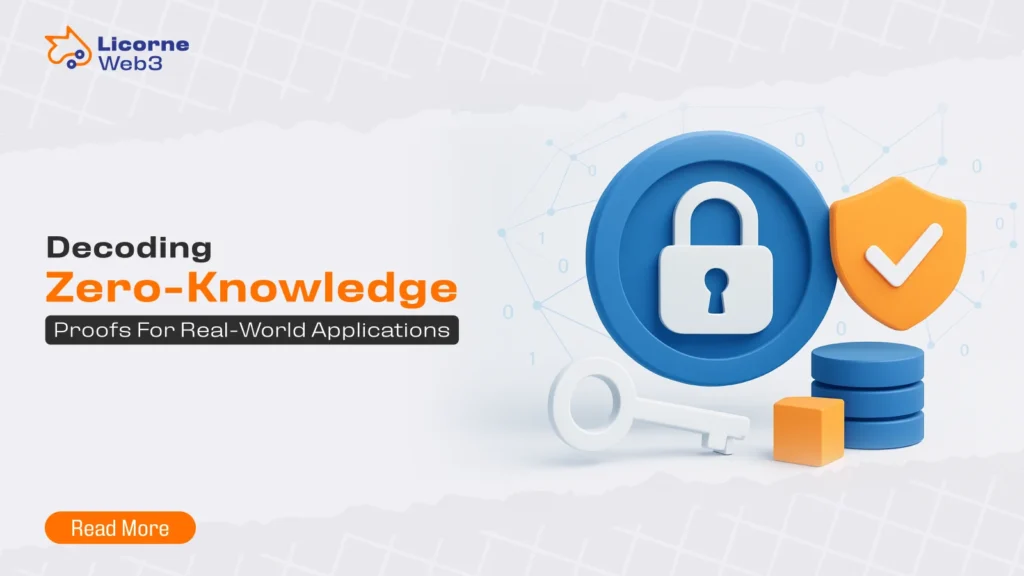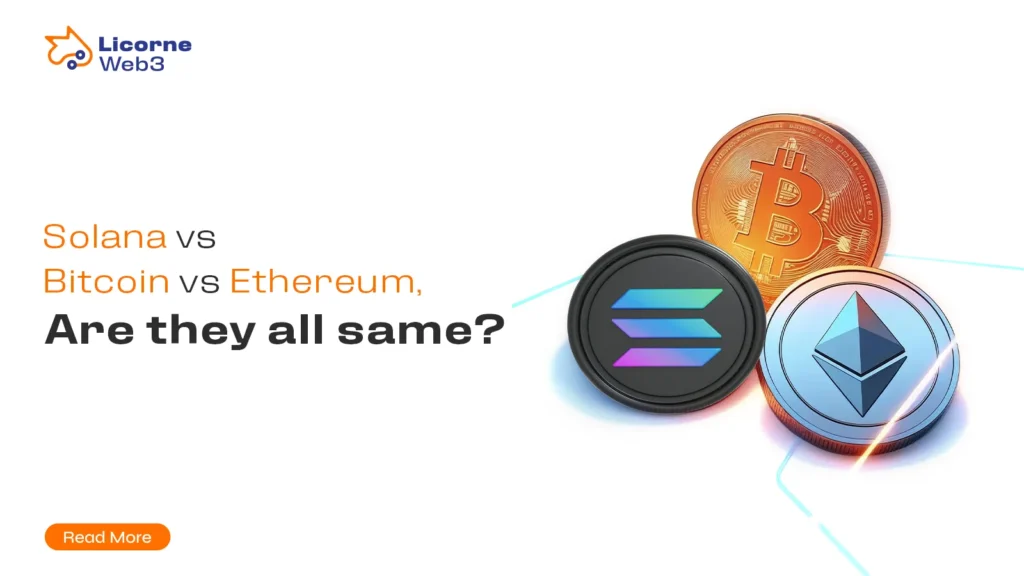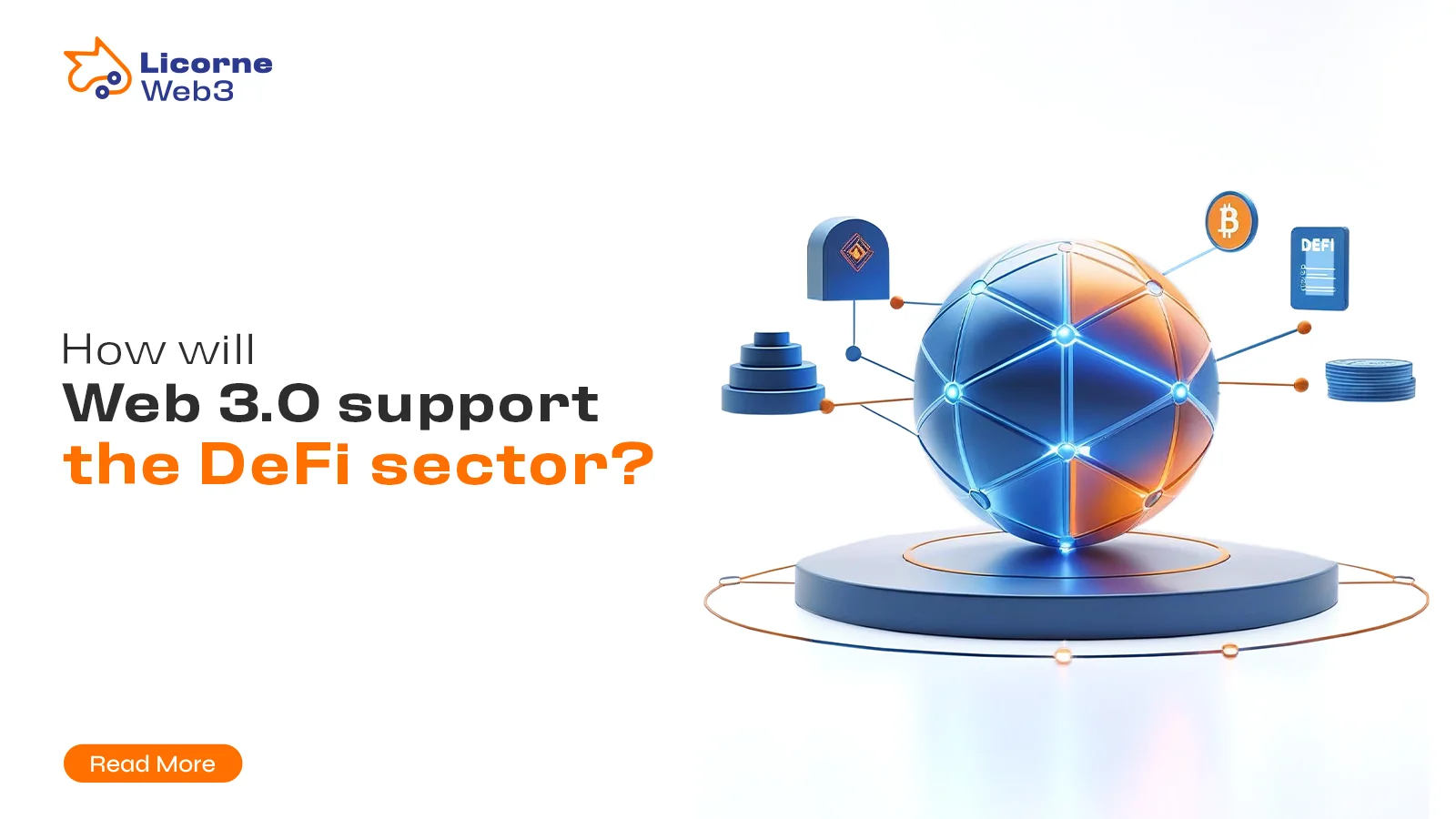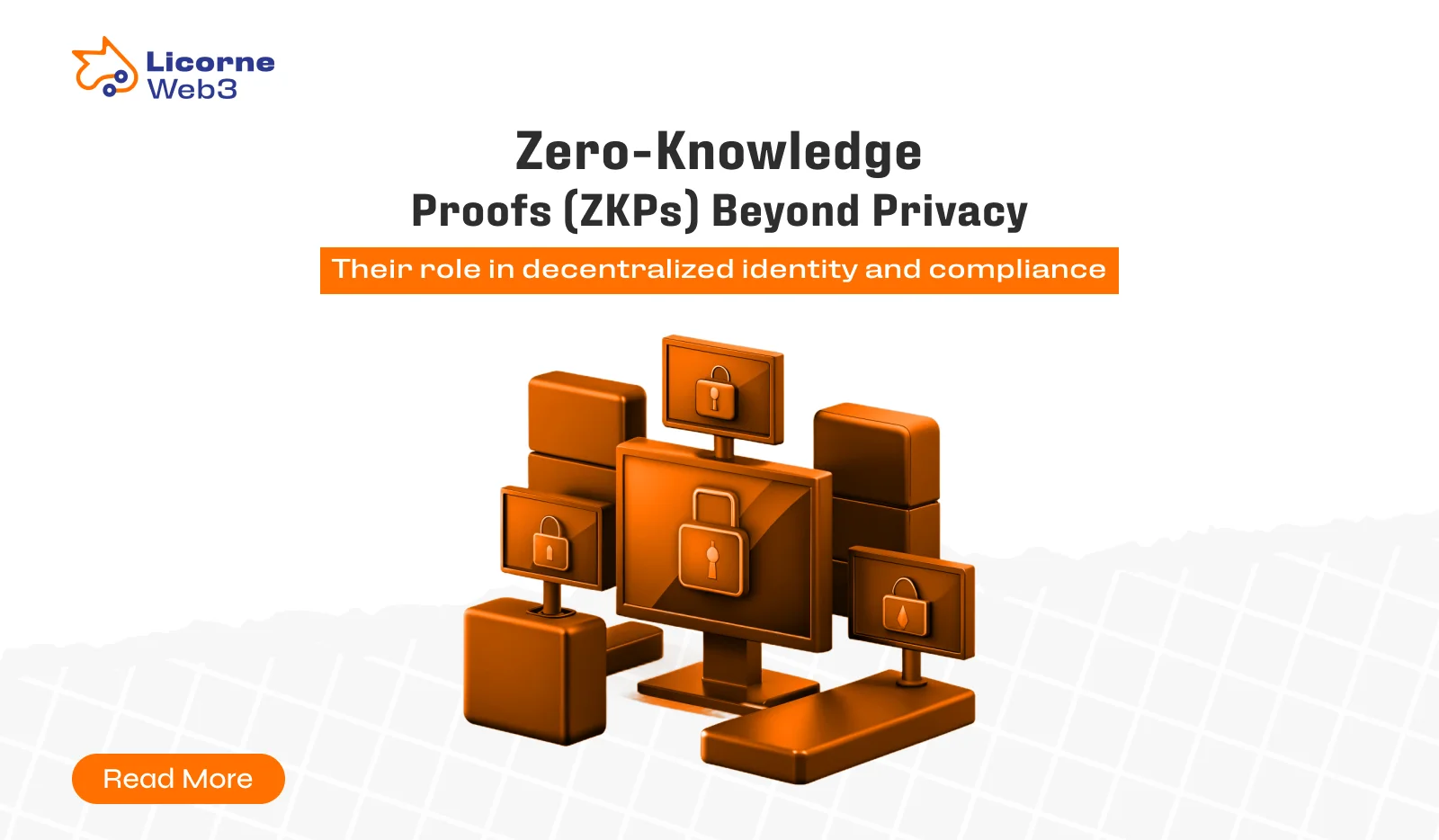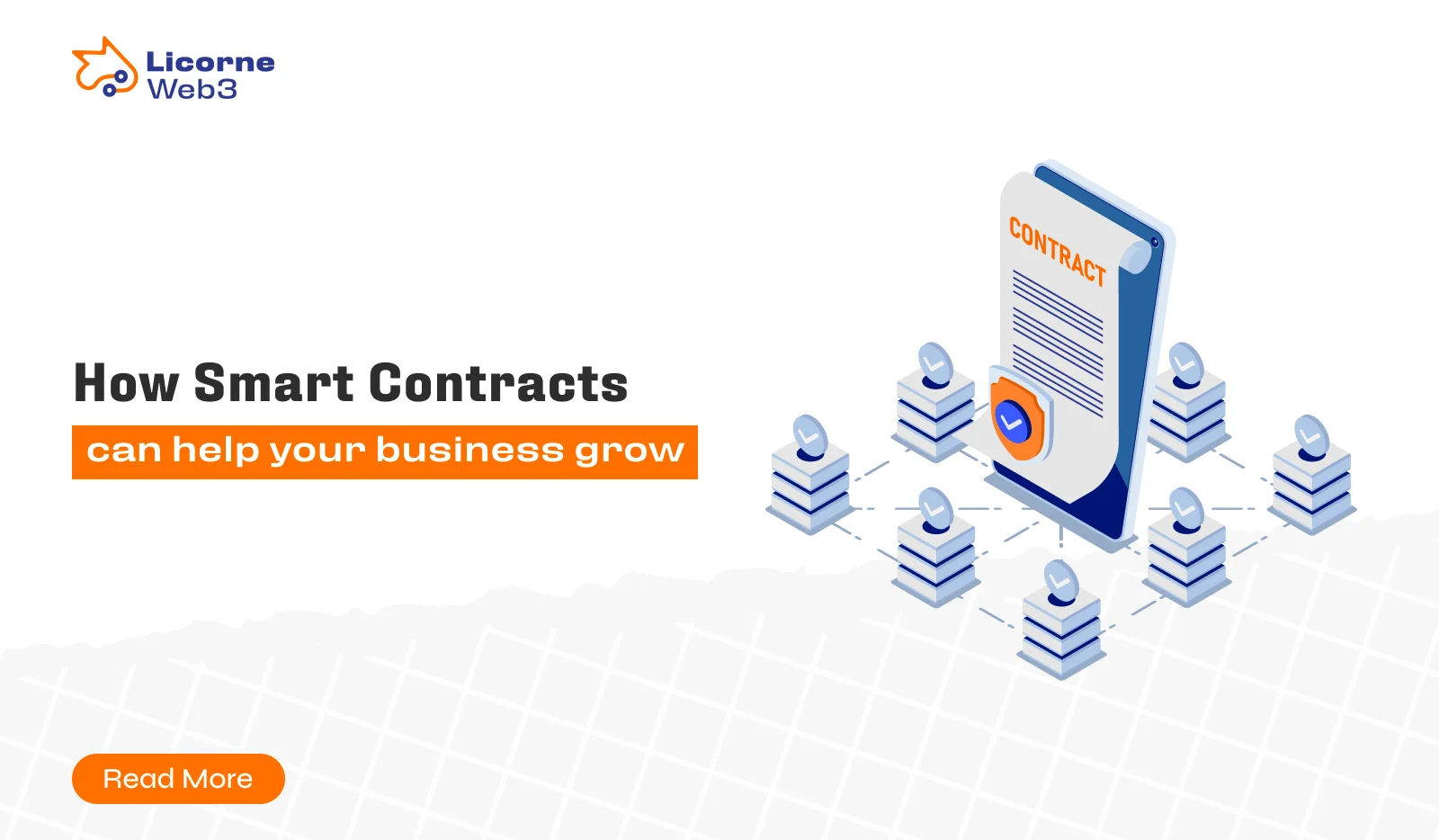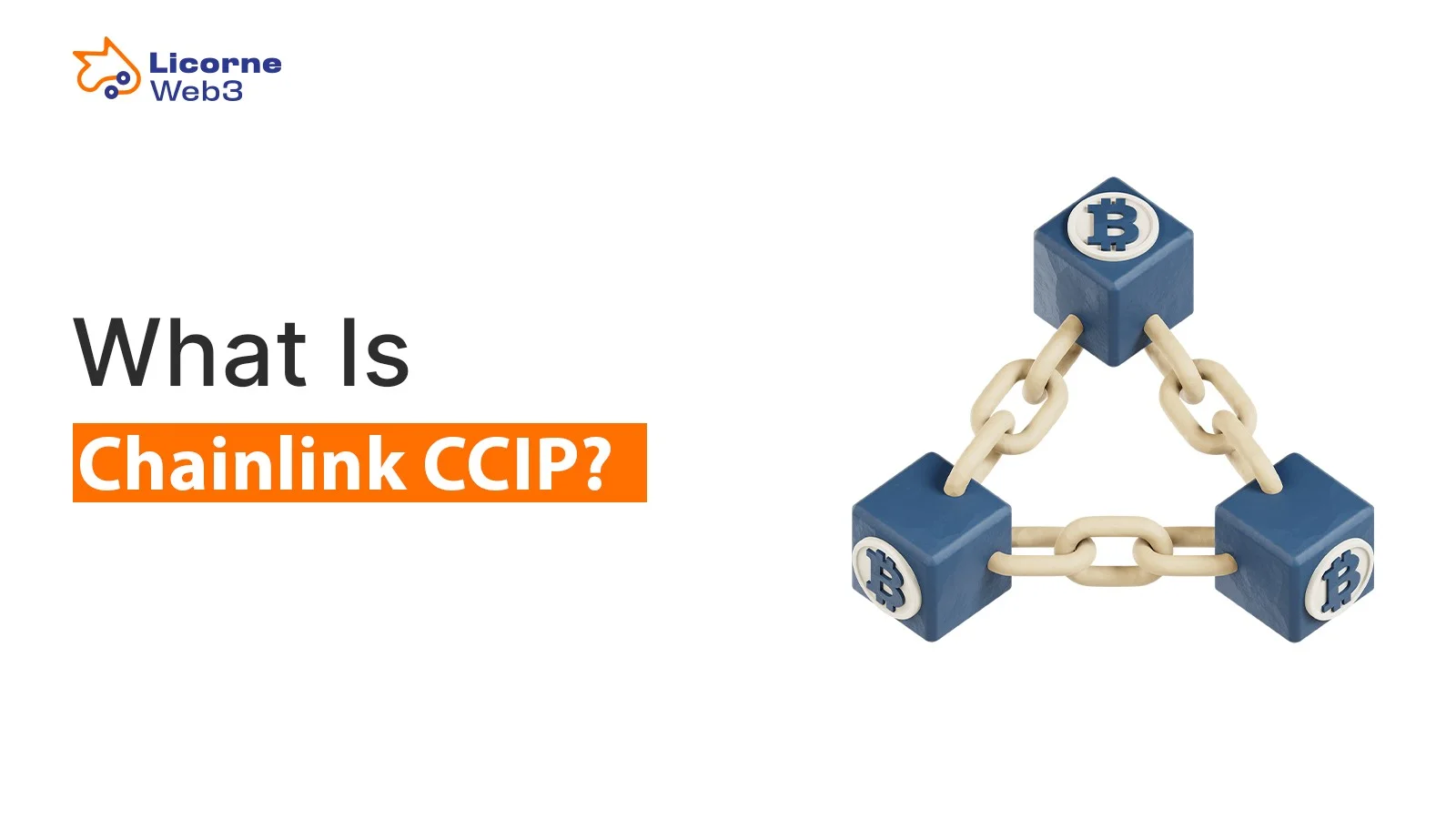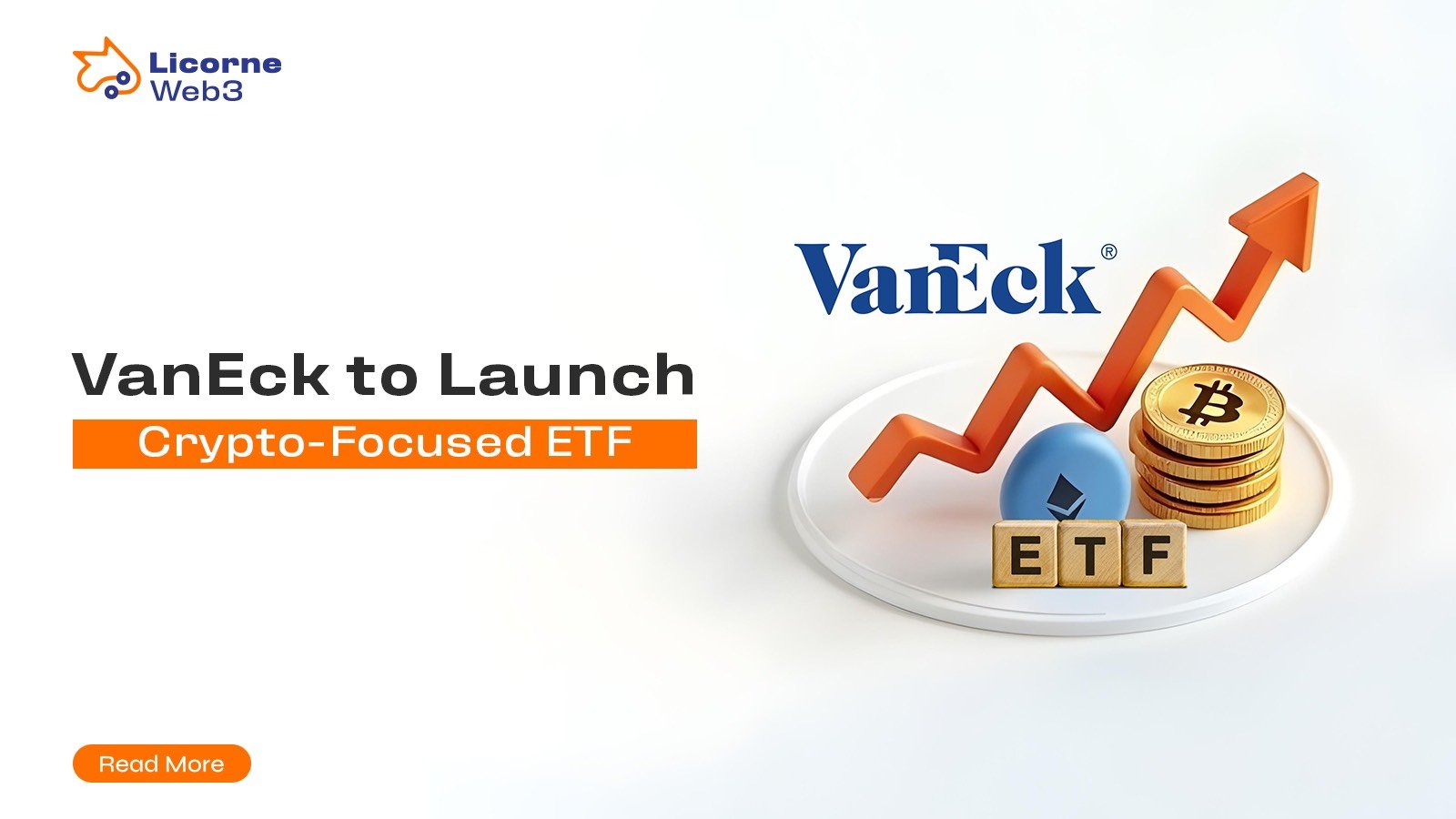Imagine unlocking a new world where your favorite apps aren’t just tools you use—they’re part of a vast, transparent, and secure digital ecosystem powered by blockchain platforms that you control. This is the magic of decentralized applications or DApps. In a world where trust is built into the code, self-executing contracts known as smart contracts eliminate the need for intermediaries, and centralized servers become a thing of the past. DApps are reshaping our digital landscape, from finance to social media, with innovations like non-fungible tokens (NFTs) adding unique value to the ecosystem.
This technological revolution promises greater transparency and user empowerment. Should you care? Absolutely—because you can be part of this exciting movement. With the right developer tools and platforms, building your own DApp isn’t just a possibility; it’s an invitation to create the future.
Why Should You Find the Best Tools for Web3 Development?
Choosing the best suite of tools for Web3 development is crucial for efficiency, security, and long-term success. Whether you’re building mobile apps or large-scale Web3 projects, selecting the right resources ensures a smooth development process, robust security, and optimal scalability.
First, top-tier tools help Web3 developers streamline development, saving time and resources while ensuring self-executing contracts work flawlessly. These smart contract templates eliminate the need for intermediaries, reducing costs and risks associated with vulnerabilities. Blockchain networks such as Binance Smart Chain provide a solid foundation for decentralized applications, offering high performance and lower transaction fees compared to traditional systems controlled by a central authority.
Beyond security, interoperability is key. The ability to facilitate cross-chain communication ensures seamless integration across various platforms, making decentralized networks more accessible to a wider audience. Additionally, incorporating a crypto wallet helps users interact with digital assets effortlessly while relying on a network of nodes to keep transactions verifiable and transparent.
As projects scale, adopting decentralized storage solutions ensures that data remains secure and accessible without relying on conventional cloud systems. Engaging with developer communities further fosters collaboration, allowing innovators to access new ideas and support while working with real-world data that enhances application functionality.
In summary, the right tools are not just a convenience—they’re a strategic necessity. By leveraging the best technologies available, developers can build user-friendly interfaces, ensuring a smooth experience for end-users while creating applications that are secure, efficient, and future-proof. The Web3 landscape is evolving rapidly, and with the right approach, you can take full advantage of its potential.
Essential Tools and Platforms for Web3 Development
Decentralized Applications, commonly known as DApps, are revolutionizing the digital landscape by leveraging blockchain networks to create trustless, transparent, and secure platforms. Whether you’re a seasoned Web3 developer or just starting your journey, having a solid understanding of the suite of tools available is crucial for efficient and successful DApp development.
DApps empower users by offering full control over digital assets, ensuring security and transparency without relying on intermediaries. Developers must prioritize user experience, crafting user-friendly interfaces that make interaction with decentralized applications seamless and intuitive. As Web3 continues to evolve, optimizing transaction speed is essential for ensuring scalability and efficiency, allowing DApps to handle a growing number of users and transactions effortlessly.
Beyond smart contracts and decentralized processing, incorporating decentralized storage solutions ensures that data remains secure and easily accessible across a network of nodes. Whether building powerful Web3 platforms or innovative mobile apps, the right tools and resources enhance development, streamline operations, and provide a future-proof foundation.
1. Ethereum
Ethereum remains the most widely used blockchain for DApp development, offering a robust ecosystem equipped with essential tools and features that empower developers to create innovative decentralized applications. With its extensive library of Web3 development tools, Ethereum provides a solid foundation for building applications that prioritize security, scalability, and efficiency.
Why Ethereum Dominates DApp Development
Ethereum’s popularity stems from its versatility and comprehensive development framework, allowing developers to efficiently build and deploy blockchain applications across various sectors. One of its key strengths is its decentralized nature, ensuring that applications remain censorship-resistant and operate transparently, without reliance on centralized authorities. The ability to execute blockchain interactions seamlessly makes Ethereum a trusted platform in industries such as finance, gaming, supply chain management, and digital identity verification.
Additionally, Ethereum supports smart contracts, which enable self-executing agreements that operate without intermediaries. Its robust ecosystem includes tools like Truffle Suite, and Web3.js which simplify development and deployment. With ongoing advancements in scalability and efficiency, Ethereum continues to drive the Web3 revolution, fostering innovation and adoption worldwide.
Essential Features of Ethereum
- Smart Contracts: Written in Solidity, Ethereum’s self-executing contracts automate processes, making transactions secure and immutable.
- Ethereum Virtual Machine (EVM): A Turing-complete virtual machine that executes smart contracts across the Ethereum network, ensuring they function as intended.
- Token Standards: Ethereum supports various token standards, such as ERC-20 and ERC-721, facilitating the transfer of assets and enabling seamless interoperability across platforms.
- Testing Frameworks: Developers utilize testing frameworks to ensure smart contracts perform correctly before deploying them, minimizing risks and vulnerabilities.
- Development Time: Ethereum’s rich ecosystem accelerates development time, providing pre-built libraries and functionalities that streamline the process.
Scalability, Security, and Innovation
With constant improvements in transaction throughput, Ethereum aims to enhance scalability and efficiency, particularly as adoption grows. Developers leverage interoperability solutions to enable seamless communication between Ethereum and other blockchain networks, ensuring broad accessibility and integration. Additionally, Ethereum supports the creation of personal blockchains, allowing developers to test applications in a controlled environment before deploying them to the main network.
Ethereum’s status as an open-source project fosters continuous collaboration and innovation, with developer communities refining and expanding its capabilities over time. Additionally, the blockchain enables the implementation of digital identity solutions, ensuring users have greater control over their data and online presence.
As Ethereum evolves, its commitment to enhancing blockchain functionalities and supporting decentralized applications ensures its continued leadership in Web3 development. Whether launching a new application or integrating complex smart contract logic, Ethereum remains the go-to blockchain for building secure, scalable, and interoperable solutions in the digital age.
2. Truffle Suite
Truffle Suite is a powerful development framework that simplifies the process of building, testing, and deploying smart contracts on Ethereum. As one of the most widely used tools for blockchain development, Truffle offers a comprehensive suite of tools that streamline the workflow, making it invaluable for both newcomers and seasoned developers alike.
Why Truffle Suite?
Truffle’s integrated environment provides an array of features designed to enhance productivity, reduce development time, and ensure the seamless execution of smart contracts. By leveraging modular architecture and extensive library support, developers can efficiently manage complex blockchain projects while ensuring smoother development across various environments.
Truffle Suite is an essential collection of tools that simplifies Ethereum smart contract development, ensuring developers can efficiently build, test, and deploy decentralized applications (DApps). With its modular architecture and extensive features, Truffle Suite provides a streamlined workflow, allowing developers to manage projects effortlessly while ensuring security, reliability, and scalability.
Key Components of Truffle Suite
- Truffle Framework: This robust development framework serves as a foundation for writing, compiling, testing, and deploying smart contracts on Ethereum. It automates complex tasks, reducing development time and ensuring smooth execution of contract logic. With built-in support for unit testing, Truffle helps developers verify contract functionality before deployment, significantly minimizing security vulnerabilities. Its powerful migration system enables seamless updates and contract versioning, ensuring efficient smart contract lifecycle management.
- Ganache: A simulated blockchain specifically designed for testing and development without requiring real assets. This personal Ethereum blockchain enables developers to test smart contract interactions under various conditions, ensuring risk-free experimentation. By eliminating dependencies on live networks, Ganache allows developers to manipulate blockchain behavior, test different transaction scenarios, and evaluate gas fee optimization strategies. Its ability to simulate Ethereum transactions makes it an invaluable tool for debugging and performance analysis.
- Drizzle: A collection of front-end libraries designed to simplify the integration of DApps with smart contracts, ensuring seamless user experiences. Drizzle helps developers manage state synchronization, reducing the complexities of handling blockchain interactions within front-end applications. By maintaining consistent data flow between smart contracts and decentralized applications, Drizzle enhances responsiveness, improves reliability, and optimizes the performance of Web3 applications. It is particularly useful for building intuitive and dynamic user interfaces that ensure a smooth and engaging Web3 experience for users.
Truffle Suite is a preferred choice for Ethereum developers due to its efficiency, flexibility, and extensive support for blockchain development. Whether working on financial applications, decentralized exchanges, NFT platforms, or governance-based smart contracts, Truffle Suite equips developers with the right tools to navigate blockchain complexities with confidence. By leveraging automated testing, simulated environments, and optimized front-end integration, developers can build scalable and high-performing decentralized solutions that drive the Web3 revolution.
Optimizing Blockchain Development
Truffle supports various types of blockchains, allowing developers to build solutions beyond Ethereum-based applications. Whether you’re designing a private blockchain for enterprise use or working within the public blockchain ecosystem, Truffle’s flexibility enables smooth project scalability.
Moreover, its compatibility with simulated blockchain environments through Ganache enhances testing efficiency, reducing the complexities involved in debugging and refining smart contracts before mainnet deployment.
The Future of Smart Contract Development
With continuous improvements, Truffle Suite remains at the forefront of blockchain development, offering a reliable, scalable, and user-friendly approach to building DApps. Whether it’s optimizing transaction throughput, improving smoother development workflows, or integrating Ethereum-based solutions, Truffle provides developers with the essential tools needed to succeed in the Web3 ecosystem.
As decentralized technology continues to evolve, Truffle Suite remains a cornerstone in the blockchain development space, helping developers create cutting-edge applications with efficiency and ease. Ready to harness the power of Truffle for your next project? The possibilities are endless!
3. IPFS (InterPlanetary File System)
InterPlanetary File System (IPFS) is a decentralized technology designed to revolutionize how Web3 apps and Ethereum DApps store and retrieve data. Unlike traditional central servers, where data is stored in a single location, IPFS utilizes a decentralized ecosystem, distributing files across multiple nodes to eliminate single points of failure and improve resilience.
How IPFS Works
IPFS relies on a peer-to-peer network to store data efficiently. Each file is assigned a unique cryptographic hash, ensuring authenticity and integrity. When data is requested, the network fetches it from the nearest or most reliable node, reducing network congestion and enabling fast, reliable access.
Key Features of IPFS
- Decentralized Storage: Files are stored across a distributed network rather than a centralized entity, enhancing security and accessibility.
- Content Addressing: Instead of relying on conventional URLs, IPFS retrieves files using their cryptographic hashes, ensuring that data remains unaltered and verifiable.
- RPC Node Providers: IPFS can be integrated with RPC node providers, allowing seamless interaction between decentralized storage and Ethereum DApps.
- Scalability Across Blockchains: IPFS supports integration with multiple types of blockchains, making it a versatile solution for data storage beyond a single target blockchain.
Overcoming Common Security Pitfalls
While IPFS enhances security by decentralizing file storage, developers must consider common security pitfalls such as unauthorized data retrieval, ensuring that encryption methods protect sensitive information effectively. Additionally, understanding legal frameworks surrounding decentralized storage is essential to comply with regulations while maintaining user privacy and data integrity.
IPFS and the Future of Decentralization
IPFS plays a crucial role in advancing the decentralized ecosystem, enabling more efficient data storage for Web3 apps and blockchain-based projects. By eliminating reliance on central servers, IPFS ensures a robust, scalable infrastructure that supports modern DApps while optimizing transaction throughput and data retrieval speeds.
As blockchain adoption grows, IPFS remains a foundational tool for developers seeking to create efficient, scalable, and secure decentralized applications. Whether integrating with Ethereum DApps, optimizing RPC node providers, or addressing common security pitfalls, IPFS continues to shape the future of decentralized technology. The possibilities for innovation in this space are limitless!
4. Web3.js
Web3.js is a powerful JavaScript library that enables developers to interact seamlessly with the Ethereum blockchain, making it a crucial tool in the blockchain space. By offering a wide range of functionalities,Web3.js simplifies the process of developing, deploying, and managing smart contracts and decentralized applications (DApps) efficiently. Its modular structure ensures that developers can integrate only the necessary components, keeping DApps lightweight and performant. Additionally,Web3.js provides APIs for blockchain interaction, enabling developers to fetch real-time blockchain data, manage Ethereum accounts, sign transactions, and optimize gas fees, making it an indispensable tool for building scalable and user-friendly decentralized solutions.
Web3.js as the Bridge Between DApps and Ethereum
Web3.js acts as a vital bridge between DApps and the Ethereum network, facilitating key operations such as smart contract deployment, transaction processing, and fetching real-time blockchain data. It provides APIs for various tasks, enabling developers to interact directly with blockchain functionalities. This ensures efficient front-end integration, allowing users to seamlessly engage with DApps through user-friendly interfaces.
Key Features ofWeb3.js
- API Integration: Offers a comprehensive interface for interacting with smart contracts and Ethereum’s decentralized network.
- Account Management: Enables users to handle Ethereum accounts and perform transactions programmatically.
- Business Logic Implementation: Developers can embed complex business logic into smart contracts, ensuring automated and trustless execution of agreements.
- Gas Costs Optimization:Web3.js provides tools to estimate and optimize gas costs, ensuring cost-effective transaction execution on the blockchain.
- Migration Scripts: Supports migration scripts to facilitate seamless contract updates and version control without disrupting existing functionality.
- Transaction Costs Reduction: Helps developers efficiently manage transaction costs, improving the affordability of decentralized applications.
Enhancing Scalability and User Experience
Web3.js significantly improves user engagement by streamlining the blockchain environment, making applications more intuitive and responsive. With its capabilities, developers can build innovation solutions that drive adoption and enhance Web3 usability. Additionally, user feedback plays a vital role in refining and optimizing DApps, ensuring long-term success.
The Role ofWeb3.js in a Decentralized Ecosystem
As centralized entities fade,Web3.js empowers developers to build decentralized applications free from intermediaries. By leveraging Ethereum’s network,Web3.js enables secure, transparent, and scalable DApps that redefine digital interactions. Its support for cross-chain compatibility, smart contract automation, and scalable infrastructures ensures that applications remain flexible and adaptable to evolving demands.
5. Hardhat
Hardhat is a powerful development environment for Ethereum that prioritizes developer productivity and flexibility. With its extensive range of tools and features, Hardhat simplifies the process of developing, testing, and deploying smart contracts, making it a go-to solution for blockchain developers. Whether you’re crafting complex contract logic or ensuring robust security measures, Hardhat offers a streamlined workflow designed to support efficiency, scalability, and innovation.
Unlike traditional development environments, Hardhat’s modular architecture and plugin ecosystem allow developers to customize their workspace to fit their unique needs. This flexibility ensures that blockchain projects can be built and tested under various scenarios, improving debugging efficiency and minimizing errors before deployment. Hardhat enhances developer control, making the smart contract development process more intuitive and accessible to both new and experienced programmers.
Key Features of Hardhat
- Task Runner: Automates essential development tasks such as compiling, testing, and deploying smart contracts, reducing manual effort and ensuring a smooth workflow. Developers can create their own custom tasks or use built-in automation tools to manage repetitive actions efficiently.
- Plugin System: Hardhat’s extensive plugin ecosystem enables developers to extend functionality by integrating third-party tools such as Mocha and Chai for testing. This flexibility in development ensures that each project maintains high-quality standards with thorough test coverage.
- Console and Scripts: The interactive Hardhat console allows developers to execute JavaScript code in the Ethereum network’s context. This is particularly useful for real-time debugging, script execution, and rapid testing of contract behavior before deployment.
- Network Management: Hardhat simplifies network configuration, allowing developers to seamlessly switch between multiple Ethereum networks for testing and deployment. Whether working on a local setup or interacting with a testnet, Hardhat ensures a streamlined development experience without unnecessary complexity.
Hardhat’s Contribution to Web3 Development
Hardhat plays a crucial role in Web3 development, ensuring that smart contracts and decentralized applications (DApps) operate efficiently and securely. By providing developer-friendly automation tools, customizable workflows, and enhanced debugging capabilities, Hardhat empowers blockchain engineers to optimize their development cycle and accelerate innovation in the decentralized space.
Additionally, Hardhat supports integration with Ethereum-based protocols, allowing for better network performance and security audits. Its emphasis on flexibility, efficiency, and reliability makes it an indispensable tool for developers navigating the complexities of blockchain technology. Whether you’re building a financial DApp, a gaming contract, or an NFT marketplace, Hardhat ensures that your smart contracts are deployed with confidence, tested for security, and prepared for real-world application.
By leveraging Hardhat’s robust capabilities, developers can reduce deployment risks, optimize testing efficiency, and maintain seamless blockchain interactions. The growing Web3 ecosystem depends on reliable development frameworks, and Hardhat continues to be a preferred choice for Ethereum developers aiming to build scalable, decentralized solutions in an ever-expanding blockchain landscape. With its cutting-edge architecture, customization options, and developer-centric approach, Hardhat is reshaping the way smart contracts and blockchain applications are created and deployed.
Conclusion
Developing decentralized applications (DApps) for the Web3 space requires not only technical expertise but also a deep understanding of the tools and platforms that drive innovation. As blockchain technology evolves, developers must leverage essential resources like Ethereum, IPFS, Truffle Suite, and MetaMask to build scalable, secure, and efficient applications. Ethereum remains the most widely used blockchain network, offering smart contract functionality and a decentralized ecosystem that ensures transparency and resilience. IPFS revolutionizes data storage by decentralizing files across a network of nodes, eliminating single points of failure and enhancing security. Truffle Suite provides a comprehensive development framework that simplifies smart contract testing and deployment, while MetaMask facilitates seamless user engagement with Web3 applications by providing crypto wallet integration.
In the ever-expanding blockchain space, interoperability plays a crucial role, allowing developers to bridge multiple types of blockchains and create seamless, cross-chain solutions. Additionally, optimizing transaction throughput and minimizing transaction fees ensures that DApps remain efficient and accessible to a broad user base. Testing frameworks help developers mitigate common security pitfalls, ensuring that applications are robust and free from vulnerabilities. Engaging with developer communities fosters collaboration, accelerates growth, and drives continuous innovation in decentralized technology.
The Web3 revolution is fundamentally reshaping industries by eliminating reliance on centralized entities and empowering users with decentralized solutions. Whether integrating real-world data, refining business logic, or improving front-end integration, developers have the opportunity to create groundbreaking applications that redefine digital interactions. By harnessing these advanced technologies, DApp developers can contribute to the future of decentralization while ensuring security, efficiency, and scalability in their projects. With limitless possibilities ahead, it’s time to dive into Web3 and build the applications that will shape the decentralized digital landscape.
Author
-

Blockchain Writer & Web3 Expert
View all posts
Areej Maqbool is a Blockchain writer and thought leader with over 5 years of experience in crafting compelling narratives and insights on blockchain and Web3 innovation. Her expertise spans the intersection of technology, business, and society, with a focus on decentralized applications, smart contracts, and blockchain adoption.
Key Expertise:
- Blockchain and Web3 storytelling
- Technical writing for blockchain and Web3 projects
- Thought leadership and opinion editorials
- Research and analysis on blockchain and Web3 trends



